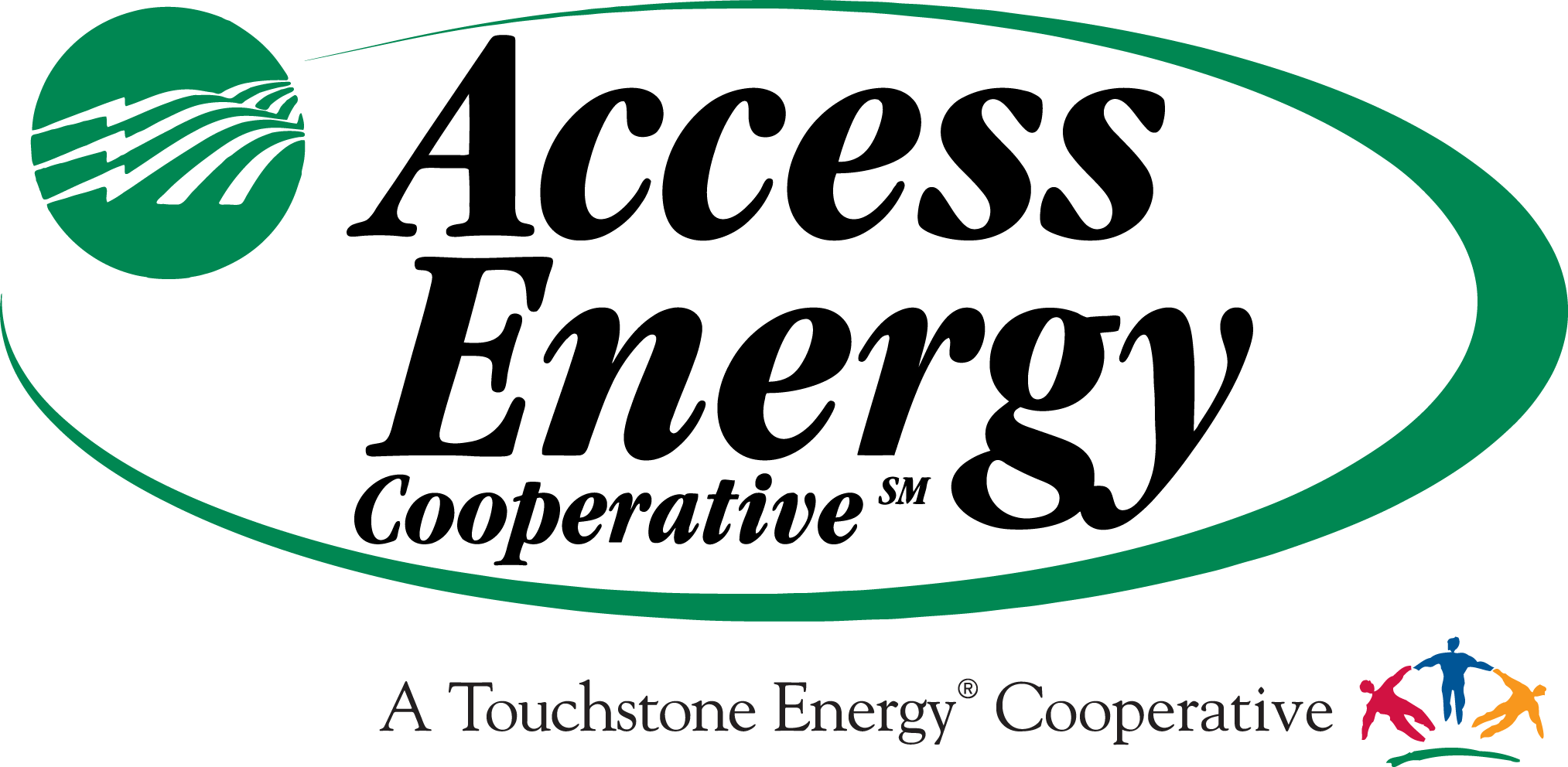The Access Energy Cooperative Board of Directors voted to change the rate structure for the single-phase rate class that includes residential accounts and the small commercial rate class. This change is being made to better align member bills with the cooperative’s power costs. Effective April 1, 2024, Single-Phase and Small Commercial accounts will be billed a demand charge. Large Commercial and Large Power rate classes are already billed a demand charge.
With the assistance of outside consultation and cost of service studies, the cooperative board and management team has been exploring and researching this decision for two years. The board never likes to increase rates, but has concluded that implementing a rate restructure to include a demand component is the right decision for the cooperative and members.
A demand component can be beneficial for everyone. When members reduce demand on the cooperative system, it is a win-win situation for the cooperative and for members. By understanding how demand works and how it is billed, members can take control of their energy bills.
By controlling and reducing the peak demands on the cooperative system, the cooperative can better maintain power costs, which account for 67% of the cooperative’s expenses. This means if the cooperative has better control over power costs, the cooperative has better control over member rates.
UNDERSTANDING HOW DEMAND WORKS
Generally, utilities charge a basic fee for service, which for Access Energy Cooperative members is called the “Base Charge.” The “Energy Charge” on your bill is the charge for how many kilowatt-hours (kWh) or the amount of electricity you used for the month. Understanding the “Demand Charge” of an energy bill is more complicated and may require additional information to comprehend.
What is Demand?
Electric demand is the rate at which electricity is used at a given time and is measured in kilowatts (kW). Beginning April 1, 2024, single-phase and small commercial accounts will be charged for demand, and he energy charge will be reduced. Large commercial and large power accounts are already charged for demand.
The “Demand Charge” listed on your bill represents the 15-minute interval when you used the highest amount of electricity during that billing period. There is also the date and time printed next to the demand indicating when you set that demand.
To put this into context, your dishwasher and washing machine both use electricity. The amount of electricity they use is the same regardless of when you use them. If you use them at the same time, you demand more electricity at that time. If you use them at different times, your demand would be lower.
Let’s see how setting a demand works.
When your washing machine runs for an hour it uses 0.7 kW, which is your demand on our system for power. When your dishwasher runs for an hour it uses 1.8 kW. If you run both of them at the same time, your demand would be 2.5 kW. Your demand becomes the total of the two added together because you need that much power at the same time.
If you could change your habits and run only one of them at a time, your highest demand for those two hours would be 1.8 kW, because it is the most demand you used at one time. The highest demand you set in one month is the highest amount of electricity used at once during a 15-minute interval in your billing cycle. The best way to reduce demand is by spreading your electric usage over time.
OPPORTUNITIES TO LEARN MORE
The cooperative has been educating the members on understanding what demand is and how to control it, and we will continue this effort. For more details on demand, please go to the Understanding Demand page by clicking here.
The cooperative will continue to provide information on energy demand in this magazine and on the cooperative website at www.accessenergycoop.com. Members are free to call our office with any questions at 1-866-242-4232. We will hold an informational meeting in each of the three cooperative districts to help explain demand and allow members to ask questions. All members are invited to attend and encouraged to ask questions. These meetings will be held as follows:
|
MEMBER INFORMATION MEETINGS |
||
|
District 1 |
District 2 |
District 3 |
|
February 22, 2024, 6:30 p.m. |
February 20, 2024, 6:30 p.m. |
February 27, 2024, 6:30 p.m. |
|
Cambridge Building |
Access Energy Cooperative 1800 West Washington Street |
The Hitching Post 2165 County Rd 103 West Point, IA |

